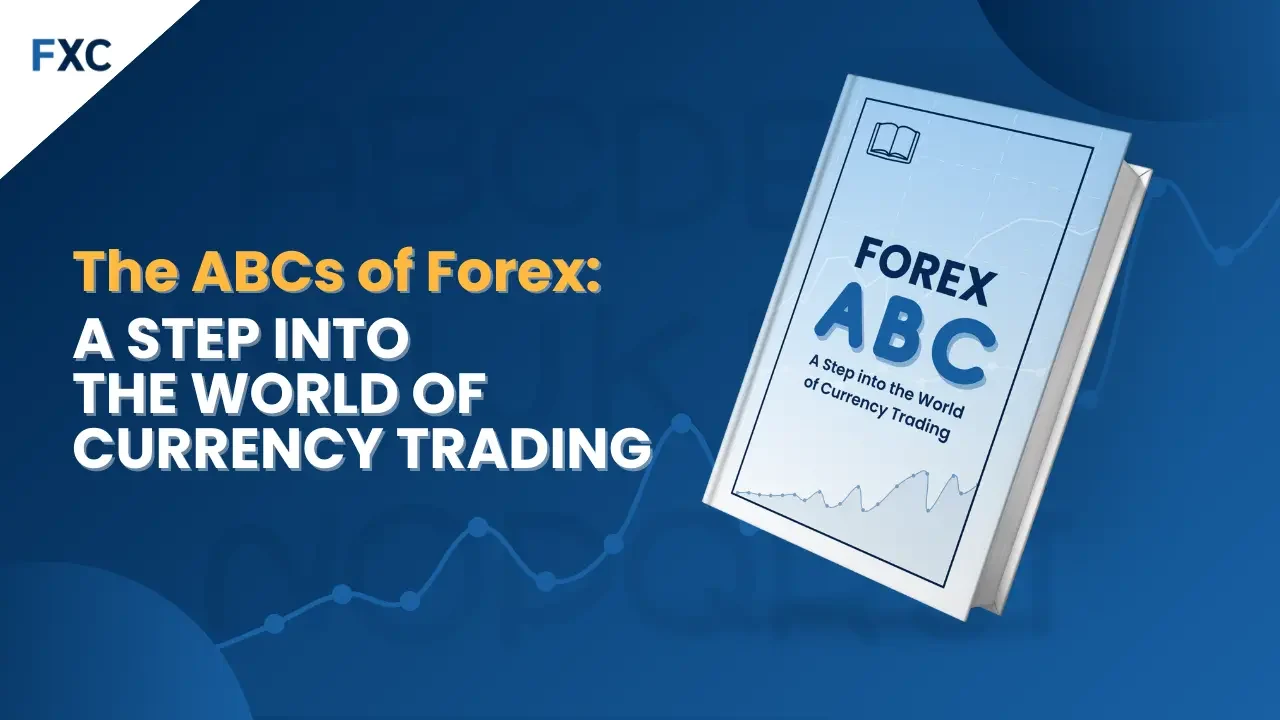Foreign exchange, or Forex, is the world’s largest financial market and is a prominent platform for currency trading. It’s accessible to average investors, not just big banks and institutions. While the prospect of diving into such a vast market can seem daunting, a solid understanding of these ten key concepts will equip you with the knowledge you need to begin your Forex and currency trading journey.
1.Understanding the Basics of Currency Trading and Forex
Forex trading involves buying one currency while simultaneously selling another. This is done in pairs, such as EUR/USD (Euro/US Dollar). When you “go long,” you expect the first currency in the pair to increase in value against the second. Conversely, when you “go short,” you expect it to decrease. This balance is driven by global supply and demand.
2. Unraveling the Mystery of Currency Pairs
In Forex, currencies are traded in pairs. The major pairs involve the US Dollar and other dominant currencies (EUR, GBP, JPY, etc.). Minor pairs don’t include the US Dollar but feature other major currencies. Finally, exotic pairs consist of a major currency and a currency from a smaller or emerging economy. The relative values of the paired currencies shift based on global economic changes.
Currency Pairing Dynamics
3. Making Sense of Pips and Lots
In Forex trading, a pip is the smallest unit of price movement. For most currency pairs, it’s the fourth decimal place, or 0.0001. Traders measure their profits and losses in pips. A lot, meanwhile, is a standardized quantity of a particular financial instrument. It’s essentially the ‘bundle size’ when buying or selling. In Forex, a standard lot is 100,000 units of a currency.
The Essence of Pips
4. The Power and Peril of Leverage and Margin
Leverage in Forex allows you to control a larger position with a smaller amount of money, effectively magnifying your potential profits. However, it also amplifies potential losses. Margin, on the other hand, is the initial deposit needed to maintain a position on the market. Traders need to manage their use of leverage and margin effectively to avoid significant losses.

Image by Freepik
5. Mastering the Rhythm of Forex Market Hours
The Forex market operates 24 hours a day, five days a week, across various international time zones. While you can trade at any time, certain hours offer more volatility and liquidity (ease of buying and selling), which can impact your trading strategy.
24/5 Forex Market Operations
6. Uncovering Market Trends with Technical Analysis
Technical analysis in currency trading involves studying past market data, primarily price and volume, to predict future price movements in the Forex arena. Various indicators, like moving averages or the relative strength index (RSI), can help traders spot trends and make informed decisions about currency trading positions.
7. Staying Informed with Fundamental Analysis
While technical analysis hones in on the “what” and “when” of currency trading, fundamental analysis dives deeper into the “why.” It involves evaluating economic, social, and political factors – like inflation rates, political instability, or changes in employment rates – to predict currency movements.
8. Choosing the Right Forex Broker
Your broker is your gateway to the Forex market and a pivotal component for successful currency trading. It’s crucial to select a reliable broker with transparent fees and a robust trading platform. Look for one regulated by a trustworthy authority to ensure the safety of your funds.
Experience Secure Forex Trading with Us
9. Protecting Your Investment through Risk Management
Risk management is crucial in Forex trading. Strategies like setting stop-loss orders (automatically selling when the price falls to a certain level) and limiting the percentage of your portfolio invested in one trade can help protect your capital.
10. Controlling Your Emotions with Trading Psychology
Emotions can significantly influence your trading performance. Successful trading requires discipline and patience, and the ability to stick to a plan without letting fear or greed derail you.
Taking the Next Step in Your Forex Journey
Now that you’ve got the basics down, you’re equipped to start exploring the dynamic world of Forex trading. Remember, knowledge is your most valuable asset – continue to learn, stay updated with market news, and always follow your well-planned trading strategy. Be mindful of the risks, but also open to the opportunities. Welcome to the world of Forex trading – where hard work, patience, and a sprinkle of luck can pave the way for success!










